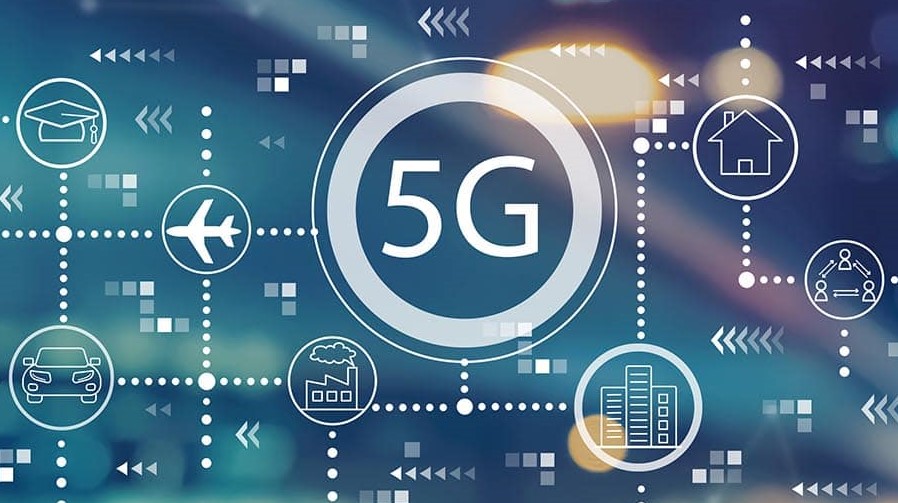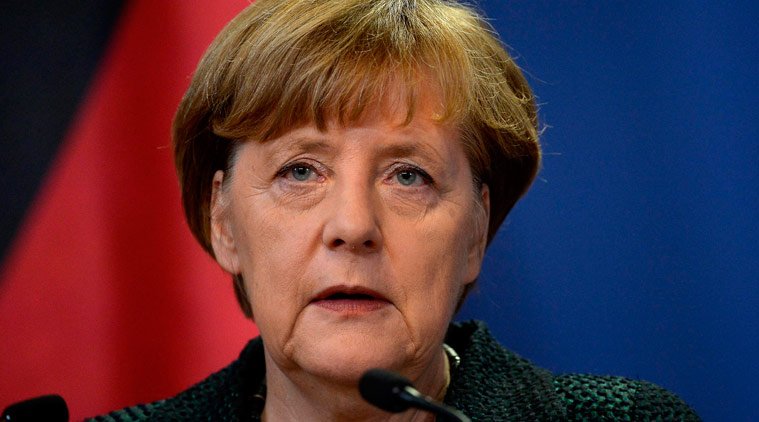In Düsseldorf, Münster and Leipzig, Vodafone will activate the first 5G network in Europe independent of 4G technology.
5G is currently being rolled out worldwide, but in practice, these are presently non-standalone networks. This means that, for example, the transmission towers do transmit a 5G signal, and the speed is higher, but that the underlying infrastructure is still (partly) based on LTE equipment. That makes sense if you know that the complete replacement of a network costs a lot of time and money.
But Vodafone Germany is already working on this in three cities. Together with Ericsson, it has a 3.5 GHz standalone 5G network there. This was tested together with smartphone maker OPPO and Qualcomm, which supplies the smartphone with chips in most 5G smartphones.
THEREFORE, the OPPO Find X3 Pro is the first device that is fully compatible with that network. For this, the manufacturer usually also sends out an update to the existing devices this month. This is especially important to be able to use all the possibilities of 5G.
Standalone 5G allows not only a higher speed but also a lower latency (response time). In theory, that is a latency of 1 millisecond, although that is currently 10-15 ms, comparable to what is already possible on 4G today. But things like network slicing are also possible on 5G.
The network can be divided virtually in order, for example, to give priority to specific applications (such as a network for emergency services).



